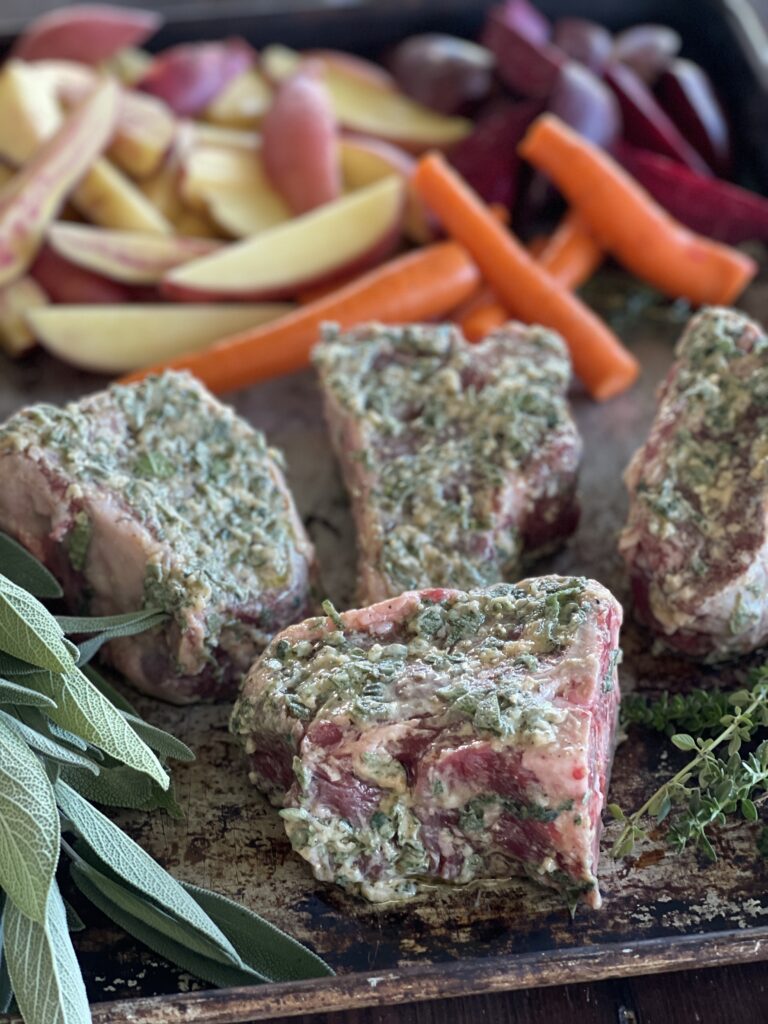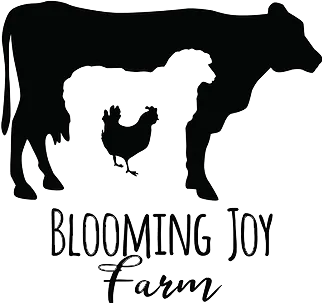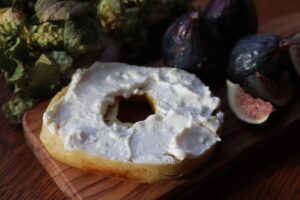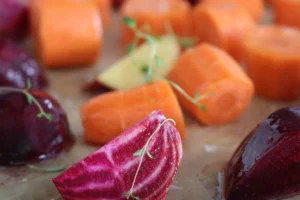Most people want to buy healthy foods, make healthy recipes and live a healthy lifestyle. It takes time and resources to find foods that checks all the boxes. Cooking with lamb has helped fill the health needs of my family while providing a versatile meat source for all kinds of delicious meals.
Here are 10 reasons to chose lamb-
- Rich in Nutrients: Lamb is a powerhouse of essential nutrients, including iron, zinc, and vitamin B12, which are vital for maintaining energy and overall health.
- High-Quality Protein: Offering a complete protein source, lamb contains all nine essential amino acids necessary for muscle growth and repair.
- Heart-Healthy Fats: Lamb provides healthy fats, including omega-3 fatty acids, which are beneficial for heart health and reducing inflammation.
- Supports Local Farming: Choosing lamb supports local shepherds and farmers, fostering a stronger, more resilient agricultural community.
- Grass-Fed Goodness: Lamb, especially from Icelandic sheep, often grazes on natural pastures, ensuring a diet rich in natural grasses and herbs, resulting in a superior, flavorful meat.
- Eco-Friendly Choice: Raising sheep sustainably can be gentle on the environment, promoting biodiversity and healthy ecosystems through rotational grazing practices.
- Ethical and Humane: Many small-scale shepherds prioritize the welfare of their animals, ensuring they are raised in humane and caring conditions.
- Versatile in the Kitchen: From hearty stews to elegant roasts, lamb is a versatile ingredient that can be prepared in a myriad of delicious ways.
- Tradition and Heritage: Incorporating lamb into your diet connects you to a rich culinary heritage, celebrating traditional recipes and time-honored farming practices.
- Delicious and Satisfying: With its rich, distinctive flavor, lamb is not only a nutritious choice but also a deeply satisfying one, perfect for nourishing both body and soul.

As a shepherdess raising grass-fed Icelandic sheep, I’m thrilled to share how to prepare and cook lamb, a tender and flavorful meat perfect for both special occasions and everyday dinners. It’s essential to cook lamb safely to avoid the risk of foodborne illness, and with these tips, you’ll ensure your lamb is not only cooked to perfection but also tastes fantastic.
Select Your Cut
The cut of lamb you choose determines the proper cooking time and temperature. Some common cuts include bone-in lamb leg, shoulder roast, lamb cubes for kabobs, ground lamb patties, lamb chops, stew meat, lamb shanks and boneless lamb leg.
While lamb is generally tender, the tenderness can vary by cut. Cuts like the loin or rack are naturally tender, whereas the leg or shoulder benefits from slower cooking methods to achieve tenderness.
Preparation Tips
Before cooking, bring your lamb to room temperature and always cut against the grain. Use a meat thermometer for the most reliable way to ensure your lamb is cooked to a safe temperature. Remember, the internal temperature will continue to rise after you remove the meat from the oven. Here are some guidelines to follow:
- Medium rare: Pull from the oven at 135°F and let rest until it reaches 145°F.
- Medium: Pull from the oven at 150°F and let rest until it reaches 160°F.
- Well done: Pull from the oven at 160°F and let rest until it reaches 170°F.
Lamb is often best enjoyed when cooked to a slightly pink or medium-rare internal temperature, preserving its tenderness and flavor. However, personal preferences for doneness can vary, and lamb cooked to medium or well still tastes wonderful!
General Cooking Time and Temperature by Cut
following different recipes will alter the cooking temperatures and times
Lamb leg: For a 3-5 pound lamb leg, roast at 350°F for 20-25 minutes per pound (medium rare), 25-30 minutes (medium), or 30-35 minutes (well done). After reaching the desired internal temperature, let it rest for about 15-20 minutes to allow the juices to redistribute, then carve against the grain for the best texture and presentation. If using a boneless lamb leg, adjust the cooking times slightly as boneless cuts cook faster.
Shoulder roast: Due to its higher connective tissue content, lamb shoulder benefits from slower cooking methods. For a 3-4 pound shoulder, roast at 325°F for 20-25 minutes per pound (medium rare), 25-30 minutes per pound (medium), or 30-35 minutes per pound (well done).
Lamb kabobs: Cut cubes to 1-1.5 inches and broil or grill for 8-12 minutes, until the internal temperature reaches 145°F. Let them rest for a few minutes before serving.
Lamb patties: For a 4-ounce lamb patty, broil or grill for 6-7 minutes to your preferred doneness.
Lamb chops: Typically cut from the rib, loin, or shoulder, lamb chops are great for grilling or pan-searing. For chops 1-1.25 inches thick, broil or grill for 9-12 minutes until the internal temperature reaches 145°F.
Lamb stew: Cut stew meat into 1-1.5 inch pieces, cover with liquid, and simmer for 1.5-2 hours until the meat reaches an internal temperature of 160°F.
Lamb shanks: Braise for 1-2 hours until the lamb reaches an internal temperature of 160°F. This method brings out a tender and succulent texture.
Flavoring Your Lamb
Lamb is versatile and pairs well with a variety of flavors. Here are some favorite ingredients and add-ons to elevate your next lamb meal:
- Leg of lamb: Spice blends with allspice, cinnamon, and brown sugar, marinades with pomegranate molasses or a fresh herb vinaigrette.
- Lamb shoulder roast: Rosemary, curry, salsa, and other Mediterranean flavors.
- Lamb kabobs: Sesame sauce with Greek yogurt, tahini, and lemon juice.
- Lamb burgers: Fresh toppings like pickled red onions, Kalamata olives, mixed greens, feta cheese, and cucumbers.
- Lamb chops: Mint and tahini, peach salsa, and creamy Parmesan sauce.
- Lamb soups and stews: Coconut yogurt, garam masala, korma sauce, butternut squash, and even chocolate.
- Lamb shanks: Honey glazes, roasted vegetables, and green salsa.
- Boneless lamb and rolled lamb: Pesto, burrata, lemon vinaigrette, and eggplant.
I invite you to try a lamb dish today! Here are a few of our favorites-
Lamb Chops with Rosemary & Fig Butter






